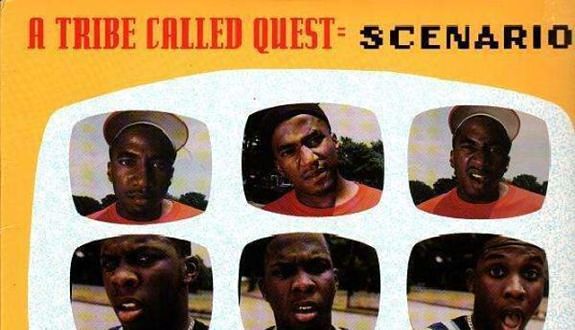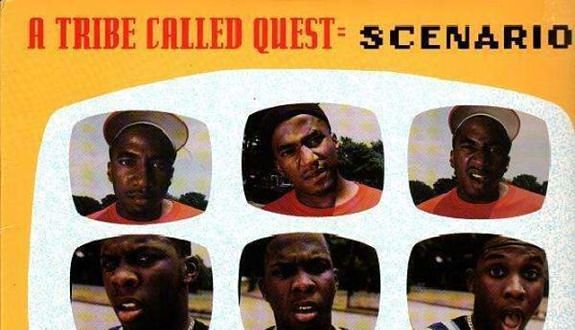
Note: As of August 2024, the LSAT will no longer have a Logic Games Section. The June 2024 exam will be the final LSAT with Logic Games. Learn more about the change here.
When you can break an LSAT logic game down into a few possibilities up front, we call that making scenarios. When you do it right, it can make so many games so much easier, but you have to know when to use it. We covered hints that you might want to do scenarios in ordering games a couple weeks ago. Today, let’s talk about when scenarios are a good idea in grouping games.
We’ll cover both In and Out games, which ask you to choose a smaller set out of a list of players, and regular grouping games that ask you to split players among multiple groups.
“Must be Together” Rules
Blueprint students, you may know these rules as “love.” In an In and Out game, you’ll often see this rule given as a biconditional relationship, for example: Lenny will go to the party if and only if Zelda goes. The conditional arrow goes both ways.

A rule like this means that either both of them go to the party or both of them don’t. In LSAT logic game terms, that means they’re either both in or both out. That’s the basis for your two scenarios. If you think it’s likely to affect other rules, either because there are other rules about those people or because filling those spots will constrain other things in the game, don’t hesitate–do the scenarios!
In games with multiple groups, the rules will typically just tell you that two players go together, say that the Narwhal and the Mongoose are on the same team.

There are rarely more than three or four groups in an LSAT logic game, so that’s at most three or four scenarios to make. If there’s a group they can’t go in, even better–that’s one fewer scenario to make.
These scenarios are typically good because they fill so many spots. LSAT grouping games usually don’t have terribly large groups to work with. Filling up two spots in a group often does a lot to mess with the other rules. In short, whenever you see a rule that two players have to go together, the idea of doing scenarios should at least cross your mind.
Constrained Distributions
Games with multiple groups often have rules about how the sizes of the groups compare. Suppose that five children will each choose from among three books to read: Goodnight Moon, Where the Wild Things Are, and Anna Karenina. Each child reads exactly one book, and each book is read by at least one child. One of the rules tells you that more children read Where the Wild Things Are than read Goodnight Moon.
That’s your hint to do what we call playing the numbers, or to see what the possible group sizes are. In this case, there are only two possible outcomes: Either three students read Where the Wild Things Are, one reads Goodnight Moon, and one reads Anna Karenina; or, two read Where the Wild Things Are, two read Anna Karenina, and one reads Goodnight Moon. In that case, I’ll bet good money it’s well worth doing scenarios based on those two distributions.
You’ll see something similar in a few In and Out games. Let’s say you’re picking a panel of five people, and you’re choosing from among three people from Kazakhstan, three from Uzbekistan and three from Turkmenistan. The rules might constrain how many people from each country can be chosen. If so, that’s your hint to play the numbers. If there are only two, three, or four possibilities then you might want to do scenarios based on how many people from each country are on the panel.
The Rest
There are some rules that can lead to good scenarios but just as often don’t. In these cases, your decision whether to do scenarios will depend in large part on the other rules. Suppose, for example, that a player is limited to two different groups. You’re thinking of turning that into two scenarios. The question you should consider is whether knowing where that player is will tell you about other things in the game–will it affect the other rules? If that’s a big yes, go for the scenarios. If not, they’re probably not worth it.
Likewise, you might notice that the membership of a group is constrained. If there are only two or three ways to fill up the entire group, scenarios are probably a good idea. If it’s all a bit fuzzy and you’re not sure how many different ways the group could be filled, you should probably skip the scenarios.
There’s one more thing that’s a little less common but should make you consider scenarios whenever you see it. We talked about “if and only if” in the context of players that must be together above, but some other rules will use that same phrasing, for example let’s say Rachel will go to math camp if and only if Seth goes to soccer camp. Any rule like that guarantees that those things are both either true or false together. That can lead to two good scenarios, with the caveat that what it means for both to be false is sometimes a little ambiguous.
Cautionary Notes
If you haven’t read our post about scenarios in ordering games, seriously, do it now. The cautionary notes at the end about doing scenarios apply just as much to grouping games as to ordering games. In short, your scenarios need to represent not just a couple of the allowed outcomes but all of the possibilities for the game.
There’s one important application of this concept to grouping games. Let’s say that you have an In and Out game about which ingredients go in a dish. One of the rules tells you that if garlic is included, olive oil is also included. That diagrams as
Garlic → Olive Oil
The contrapositive is:
No Olive Oil → No Garlic
I’ve seen many students try to do two scenarios with rules like this, one based on the original and one based on the contrapositive. The big problem is that the rule allows for a third outcome: the dish could include olive oil but not garlic. If you’re going to do scenarios based on this rule, you need to do all three scenarios. This applies to conditional statements in general: they allow three possible outcomes. The big exception is “if and only if” statements as described above. Since the arrow goes both ways, there are only two possibilities.
But all this aside, scenarios are an important part of your arsenal of strategies for logic games. They don’t work for every game, but if you’re seldom doing scenarios, seriously, try them. You can thank us later.




